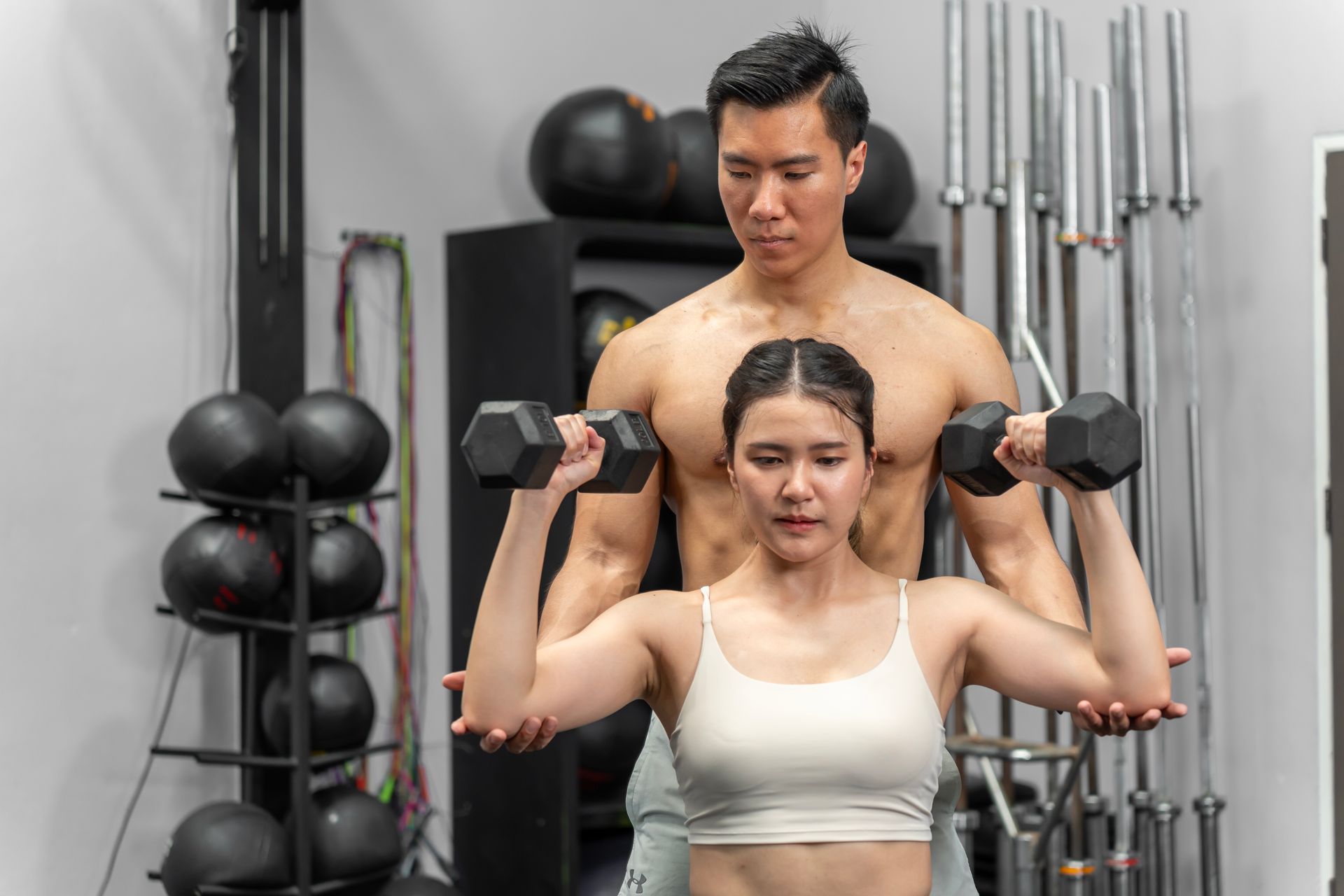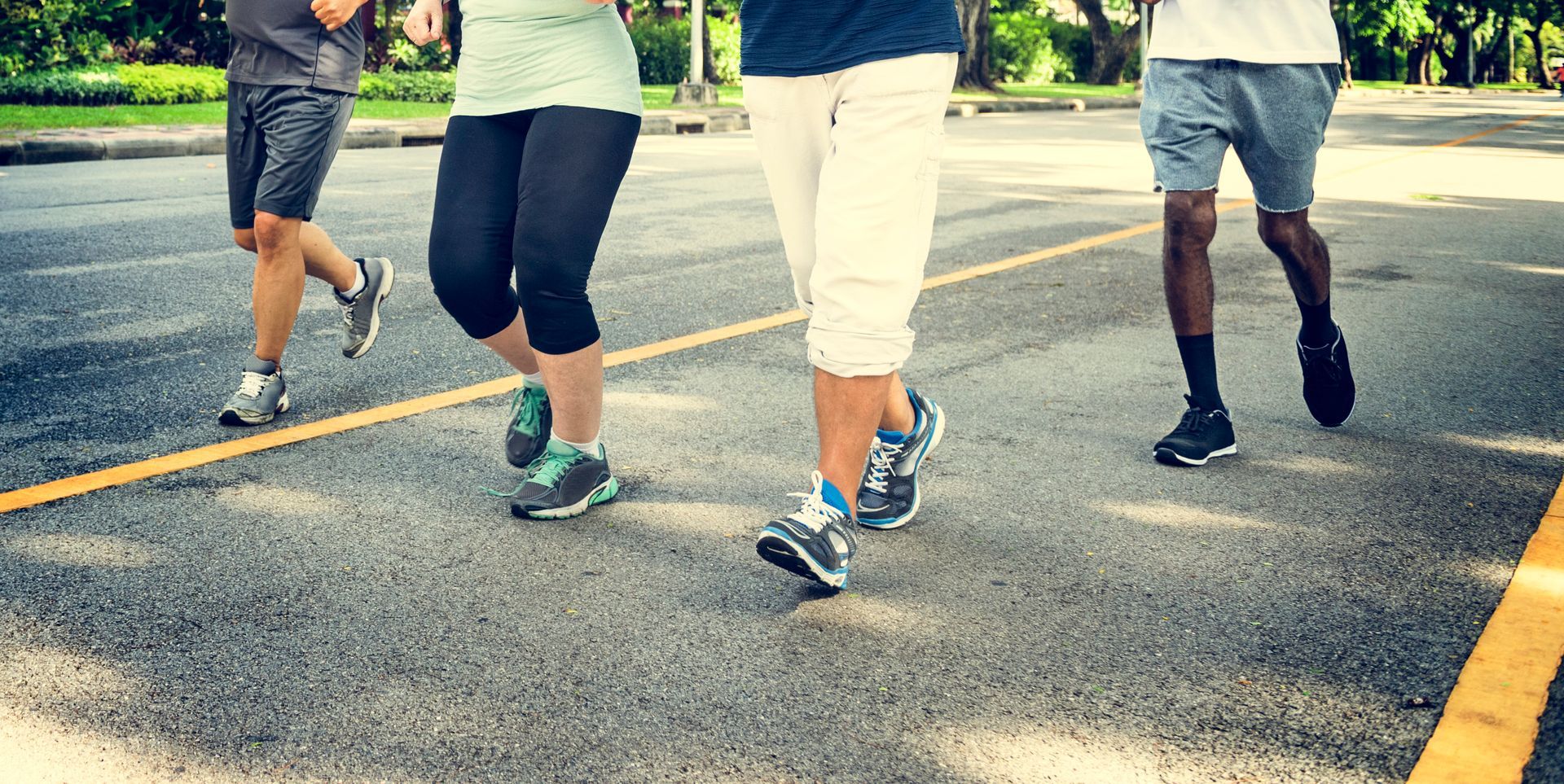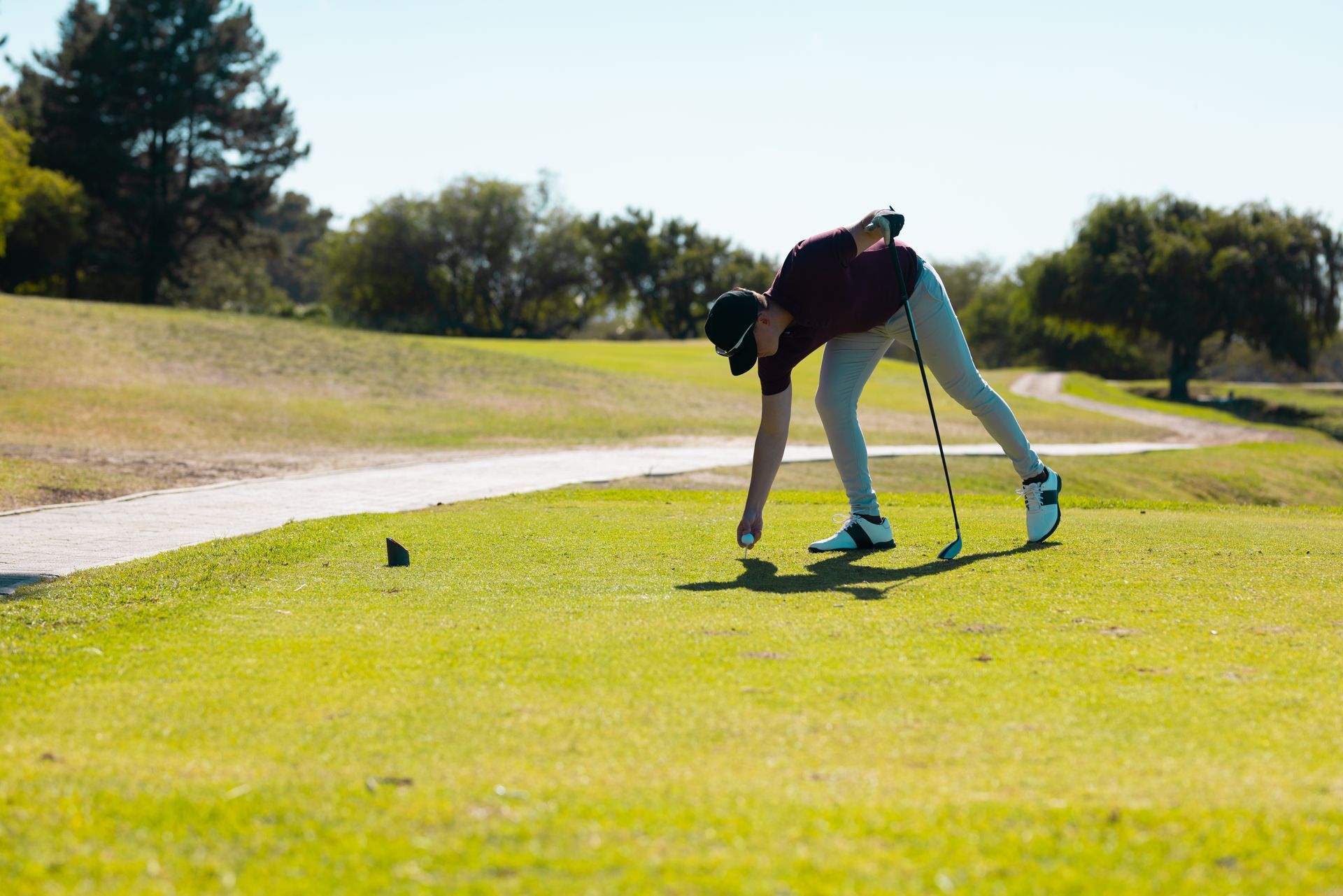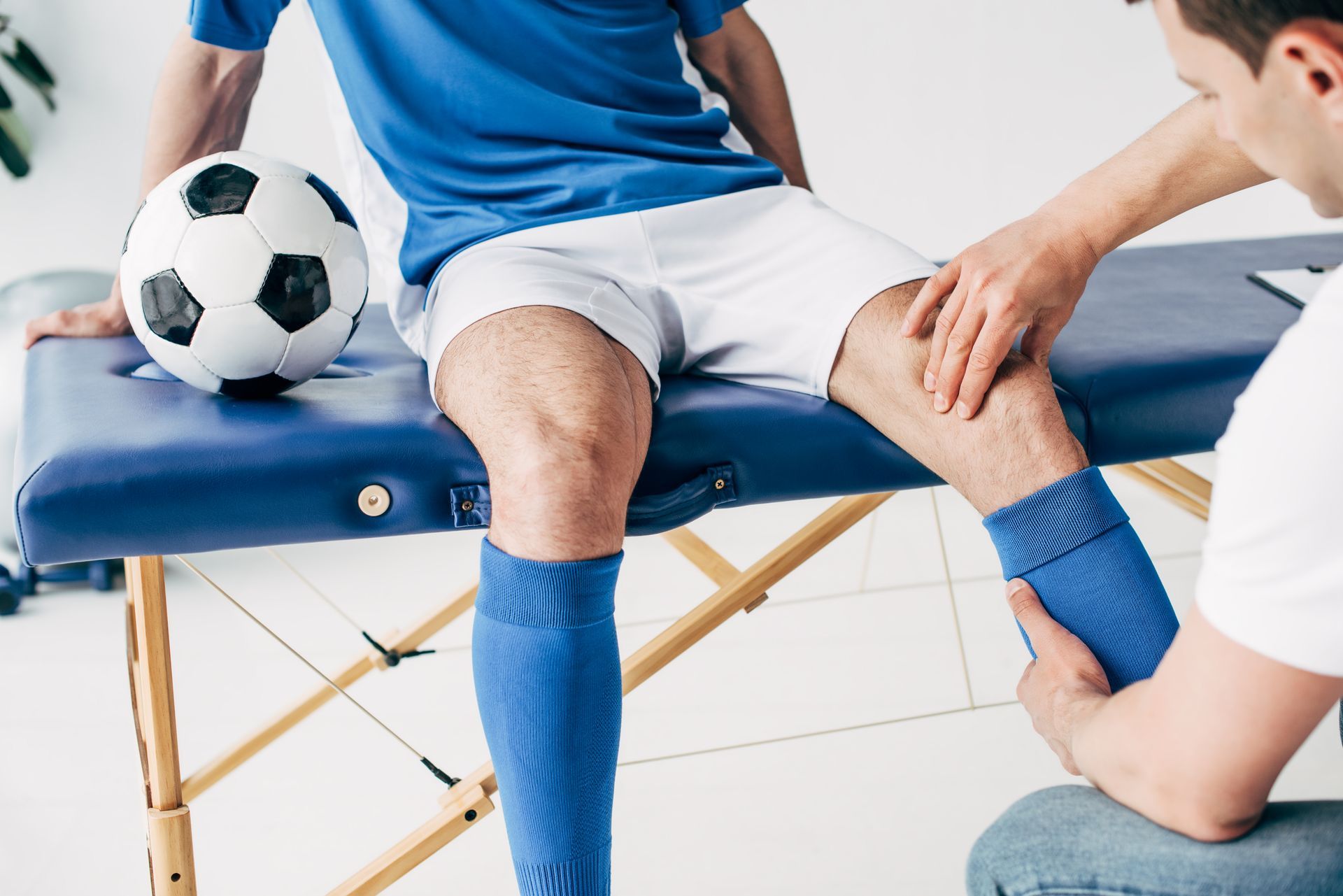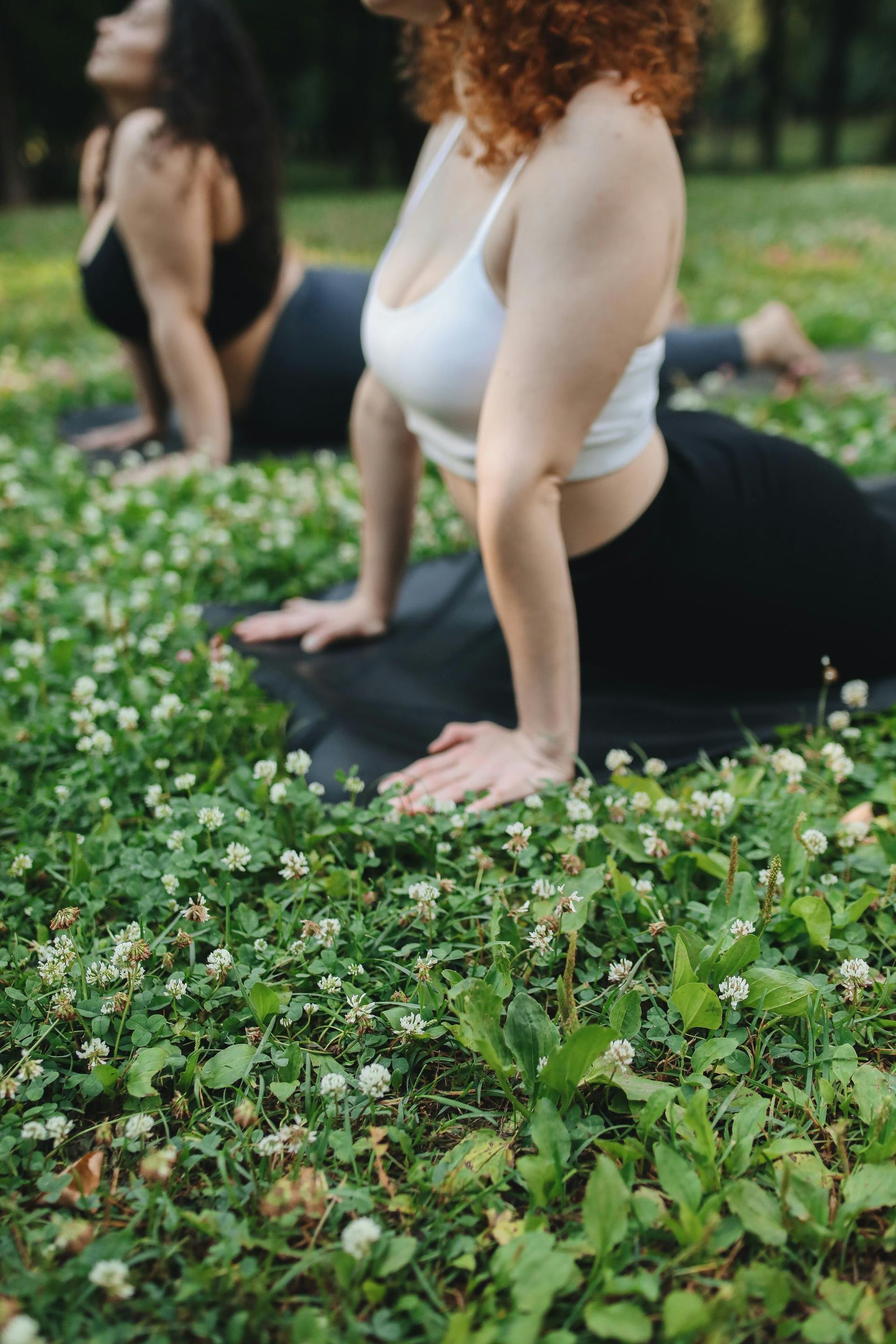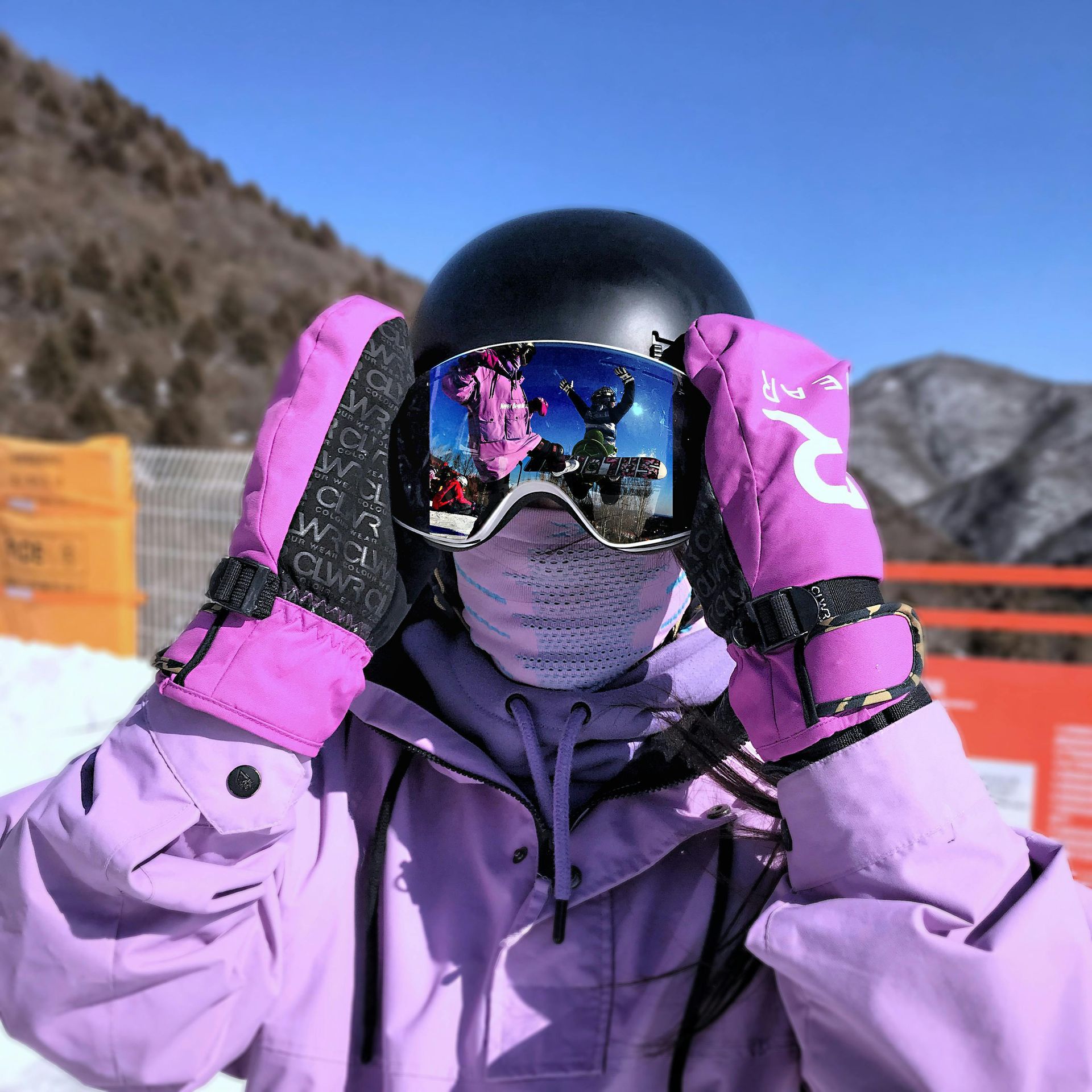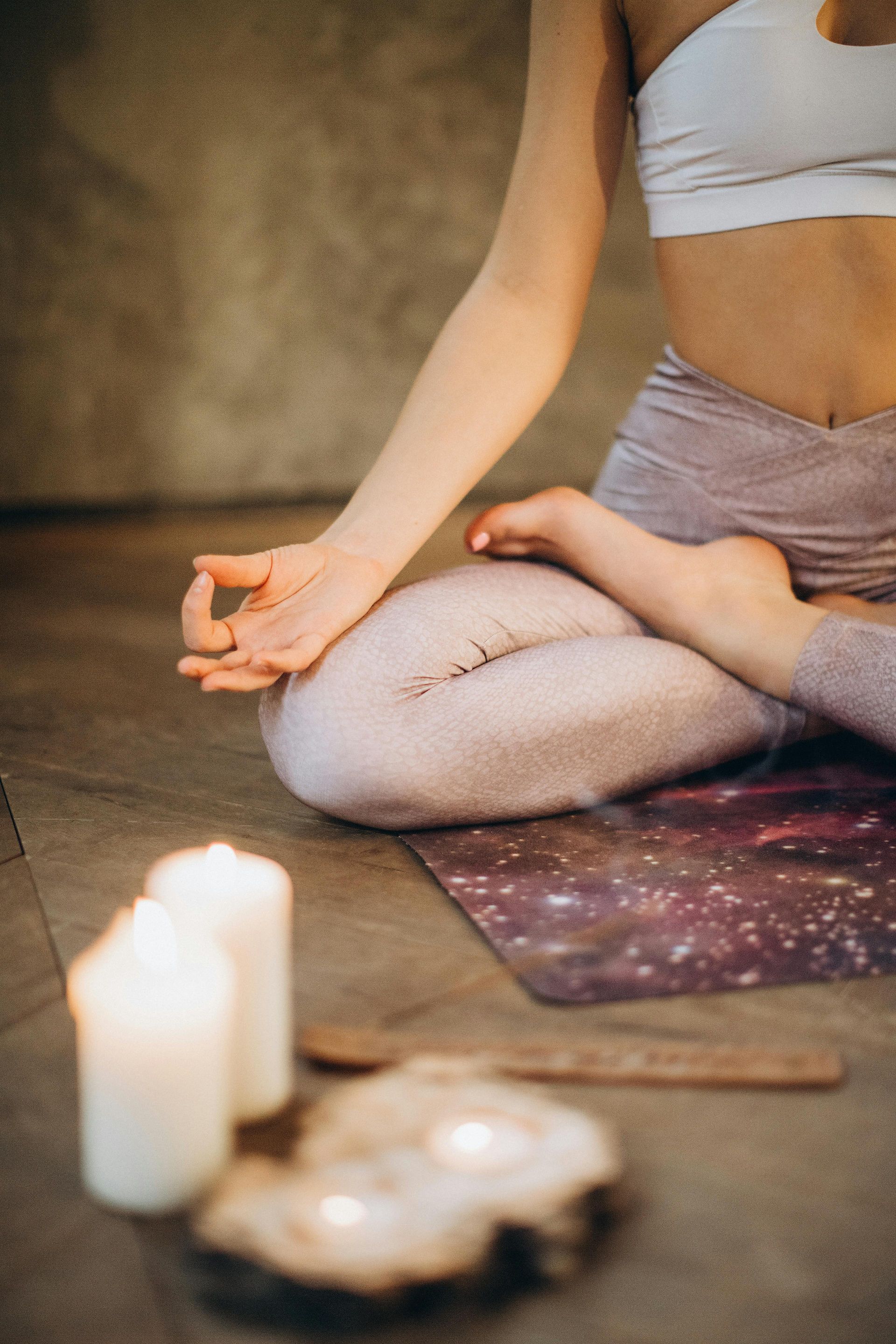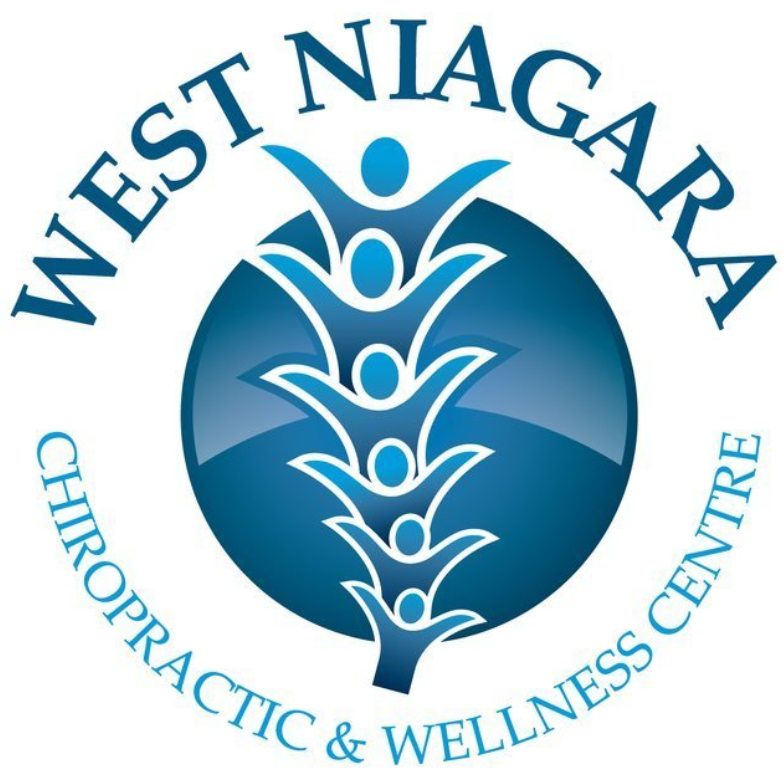What to Look for When Buying Running Shoes for Your Child
As a parent, you want to give your child every advantage, whether in the classroom or on the athletic field. An active lifestyle is crucial for their development, and having the right gear is a big part of that. When it comes to athletics, the single most Important piece of equipment is their shoes. The right pair can make running more enjoyable, improve performance, and most importantly, help prevent injuries. But with so many options available, how do you choose the best running shoes for your child?
This guide will walk you through everything you need to know. We’ll cover how to find the perfect fit, what features to look for, and why proper footwear is essential for your young athlete's health.
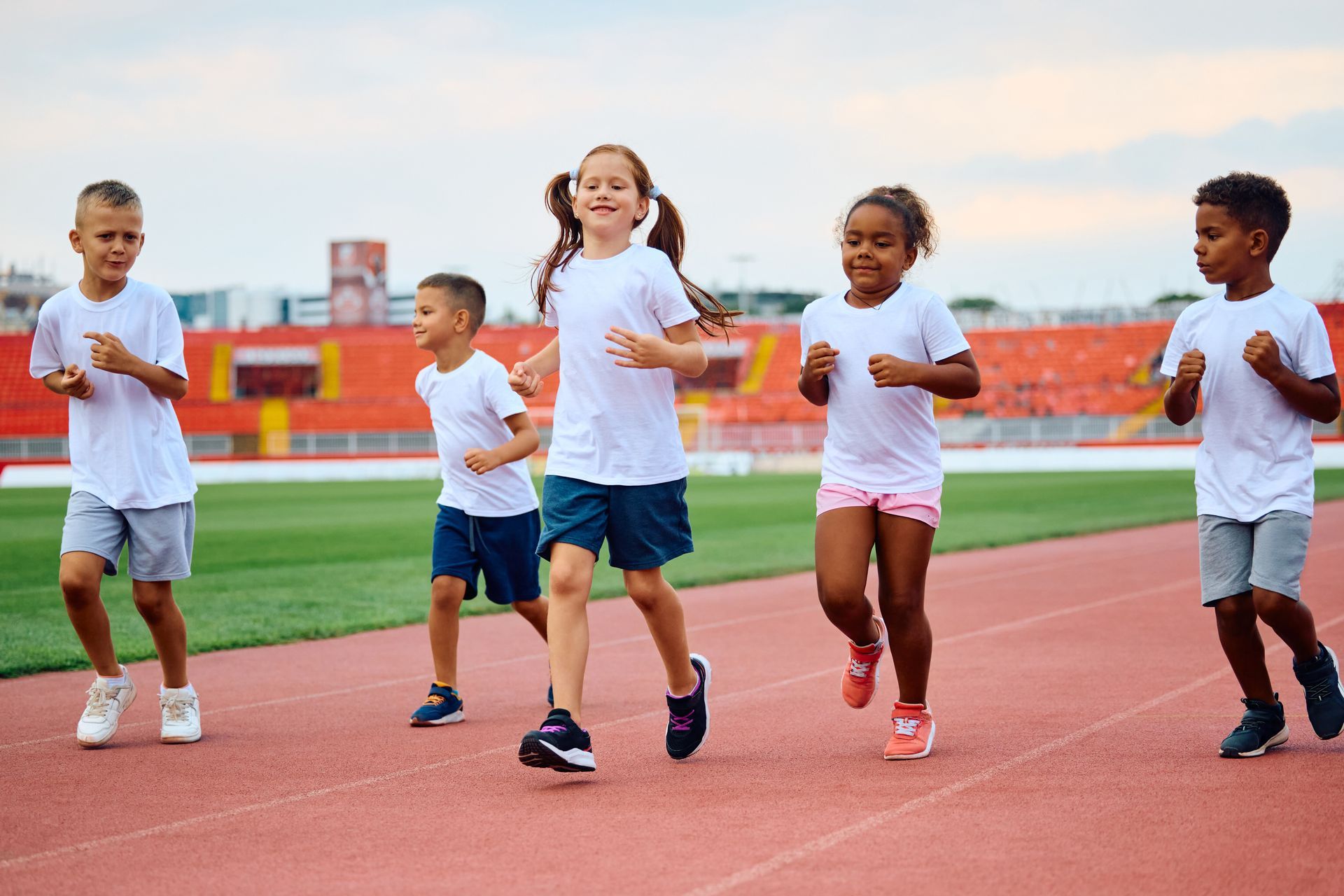
Why the Right Shoe Matters for Youngsters
A child's foot is not just a smaller version of an adult's foot. It's still developing, with bones that are soft and growing. This makes them more susceptible to injuries from improper support or poorly fitting shoes. Wearing footwear that doesn't provide adequate cushioning or stability can lead to a host of problems.
Common issues linked to ill-fitting shoes include:
- Blisters, calluses, and ingrown toenails
- Ankle sprains
- Shin splints
- Knee pain
- Heel pain (Sever's disease)
- General foot fatigue
Investing in a quality pair of running shoes helps absorb the impact that comes with every stride, protecting your child's joints, muscles, and bones. It ensures their feet are supported, allowing them to run comfortably and build a positive, lifelong relationship with physical activity.
Key Factors to Consider When Shoe Shopping
Navigating a shoe store can be overwhelming. To simplify the process, focus on these five critical elements: fit, support, cushioning, flexibility, and durability.
- Finding the Perfect Fit: Fit is the most important factor. A shoe that is too tight can cause blisters and cramp their toes, while a shoe that is too loose can lead to instability and tripping.
- Shop in the Afternoon: Feet naturally swell throughout the day, especially after activity. Shopping later in the day ensures you get a more accurate measurement when their feet are at their largest.
- Measure Both Feet: It's common for one foot to be slightly larger than the other. Always measure both feet and buy shoes that fit the larger foot.
- The Thumb Rule: There should be about a thumb's width of space (around half an inch) between the end of your child's longest toe and the front of the shoe. This gives their feet room to move and expand while running.
- Bring Their Socks: Have your child wear the type of socks they typically use for running when trying on shoes. This will affect the overall fit.
- Assessing Support and Stability: A good running shoe should support the foot's natural arch and keep the heel securely in place. Look for a shoe with a firm heel counter—the part that wraps around the back of the heel. It shouldn't collapse easily when you squeeze it. Also, consider your child's arch type. While most children have flexible flat feet that will develop an arch over time, some may need more specific support. A knowledgeable shoe store employee can often help assess this. The shoe should feel stable, preventing the foot from rolling too far inward or outward.
- Evaluating the Cushioning: Running involves repetitive impact with the ground. Cushioning in a shoe helps absorb that shock, protecting your child's joints from the knees up to the spine. The midsole, the layer between the insole and the outsole, is where most of the cushioning happens. Gently press on the midsole; it should feel spongy but also offer some resistance. Avoid shoes that feel overly soft or mushy, as they may lack the necessary support for running.
- Checking for Flexibility: While support is crucial, a running shoe also needs to be flexible in the right places. The shoe should bend easily where your child's foot naturally bends—at the ball of the foot. Try this simple test: hold the shoe by the heel and press the toe against the floor. The shoe should flex at the forefoot, not in the middle of the arch. A shoe that is too stiff will restrict natural foot movement, while one that bends in the middle offers poor arch support.
- Considering Durability: Kids are tough on their shoes. Look for a pair made with quality materials that can withstand regular use on pavement, tracks, or trails. Check the outsole (the bottom of the shoe) for durable rubber in high-impact areas like the heel and forefoot. Strong stitching and reinforced eyelets for the laces are also signs of a well-made shoe. While it might be tempting to opt for a cheaper, generic sneaker, a dedicated running shoe is built specifically to handle the demands of the sport and will typically last much longer.
When to Replace Your Child's Running Shoes
Children outgrow shoes quickly. It's important to check the fit every few months. A good rule of thumb is to replace running shoes every 300-500 miles, but for a child, outgrowing them is the more likely reason for a new pair.
Signs that it's time for new shoes include:
- Your child complains of foot, leg, or knee pain.
- The tread on the outsole is worn smooth.
- The midsole feels compressed and no longer spongy.
- The shoe shows visible signs of wear and tear, like holes or frayed areas.
Protecting Your Young Athlete from Injury
Choosing the right running shoes is a proactive step toward injury prevention. Proper footwear works in harmony with the body, promoting good biomechanics and reducing unnecessary strain. It allows your child to focus on their form and enjoy their run without discomfort.
Even with the best preparation, injuries can sometimes happen. If your child experiences persistent pain or discomfort from running, it's important to address it right away. Pushing through pain can turn a minor issue into a chronic one.
At West Niagara Chiropractic and Wellness Clinic, we specialize in treating young athletes. Our team can assess and treat sports-related injuries, helping your child get back on their feet safely. We can also provide guidance on stretching, strengthening exercises, and developing a maintenance program to keep them healthy and active for years to come.
Ready to ensure your child has the right support? If you have questions about proper footwear, injury prevention, or need to address an existing issue, schedule a consultation with us today. Let's work together to keep your child happy, healthy, and on the move.

